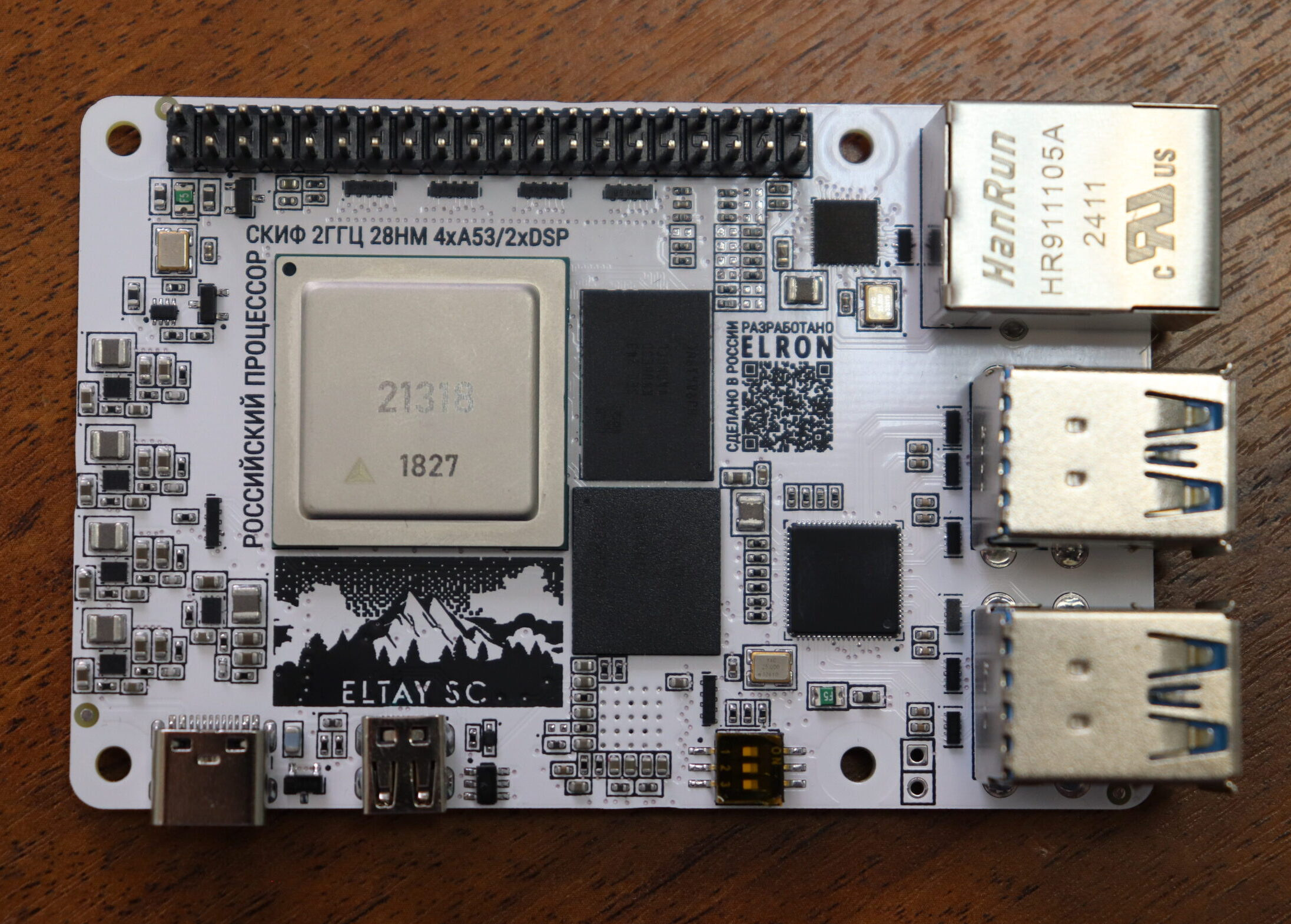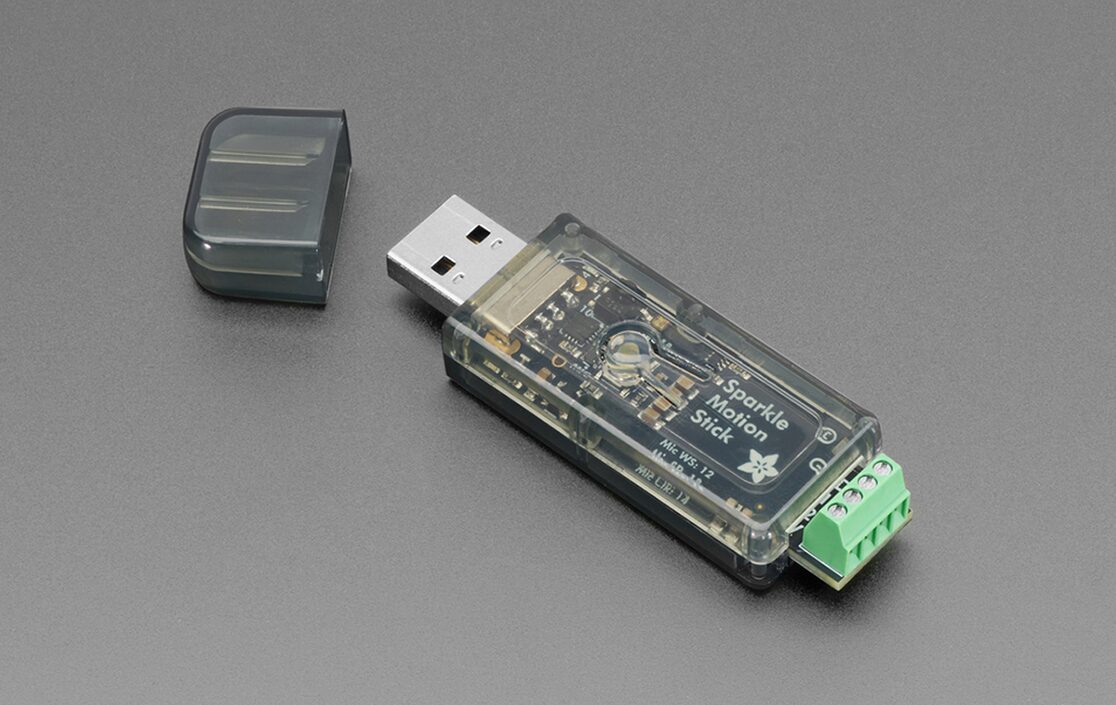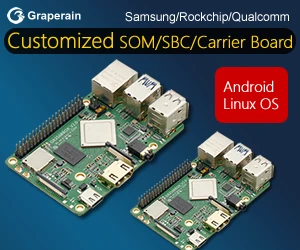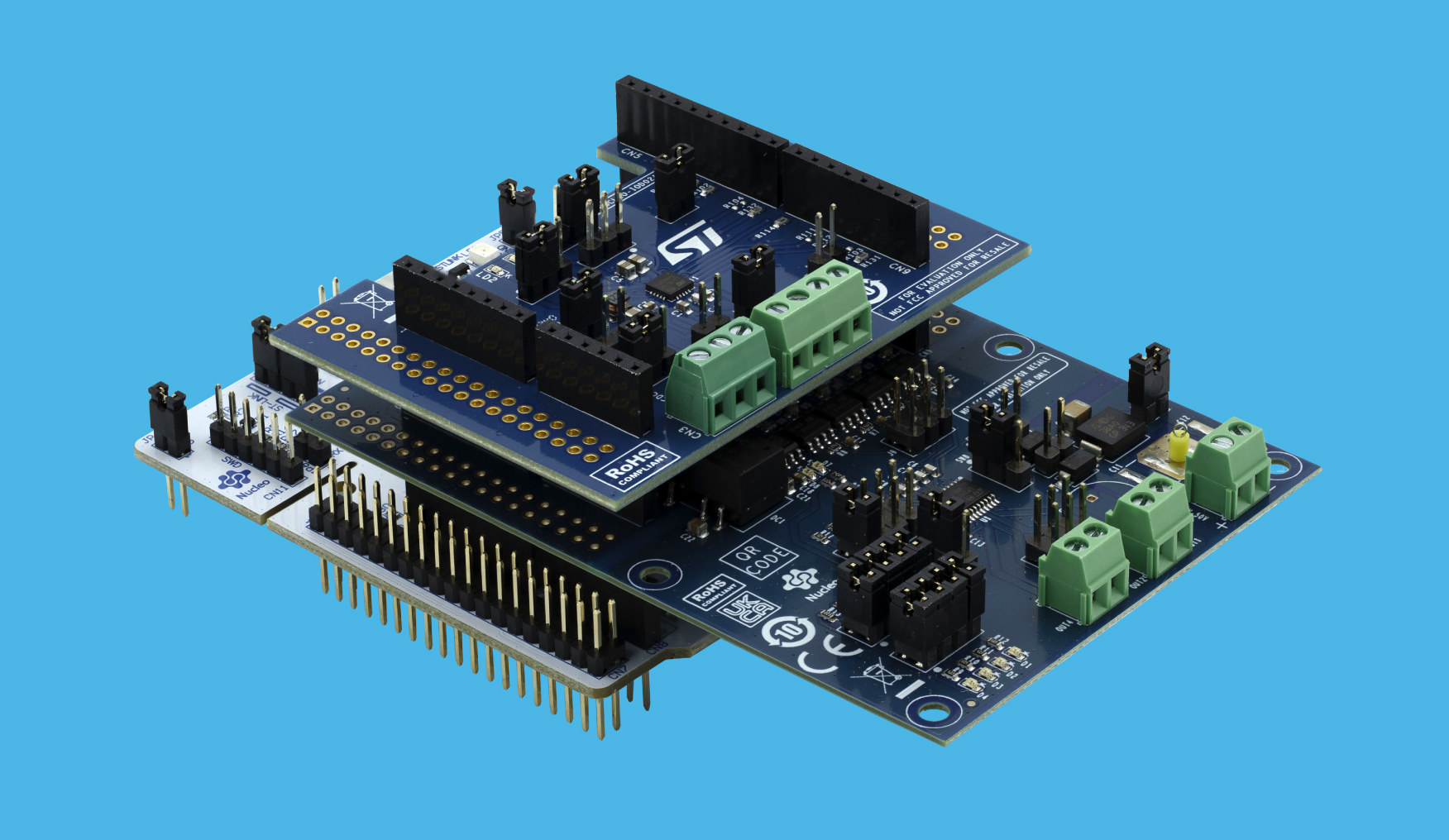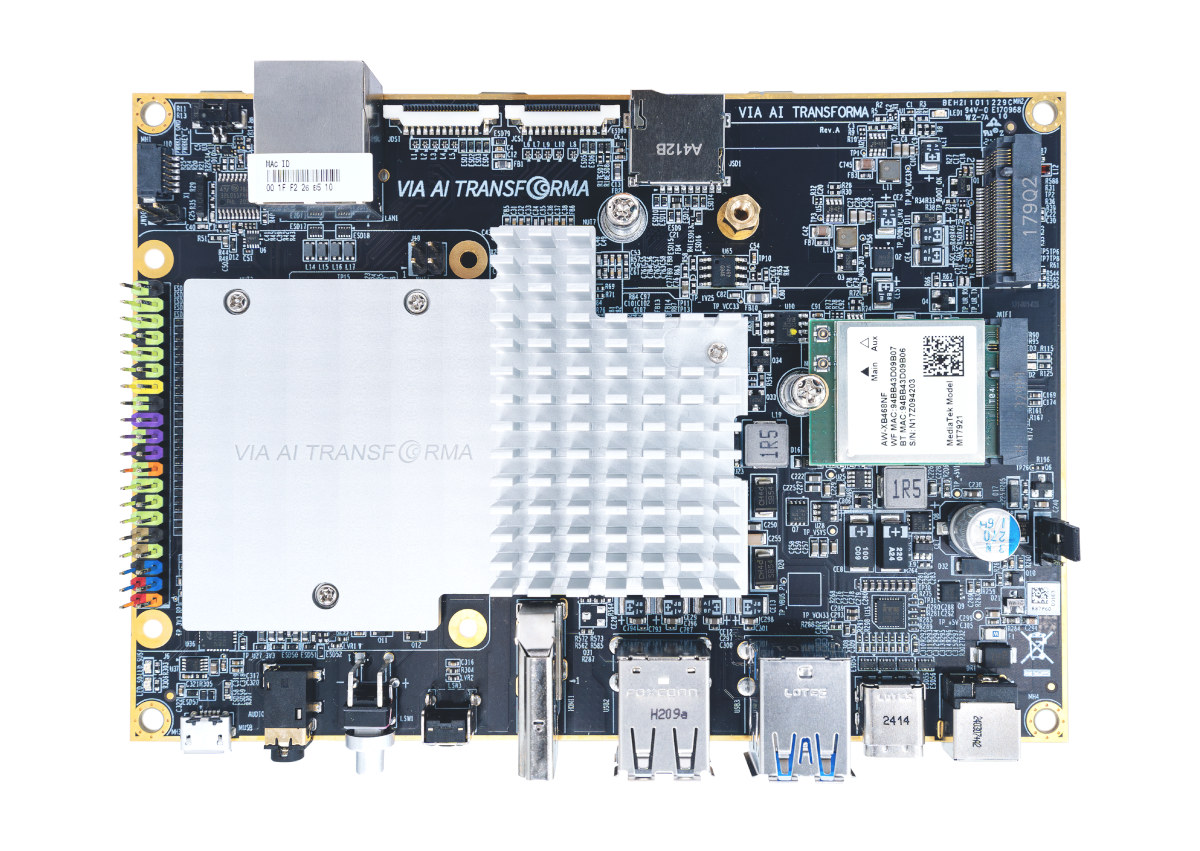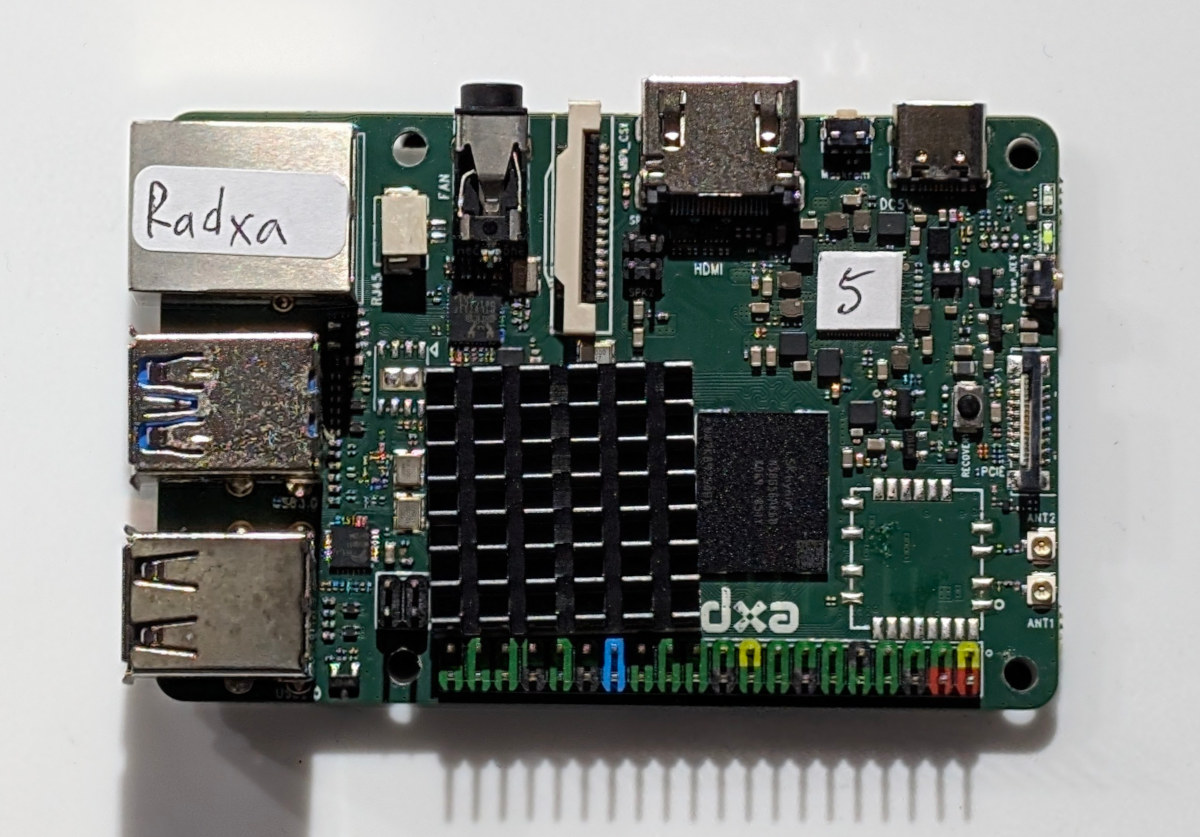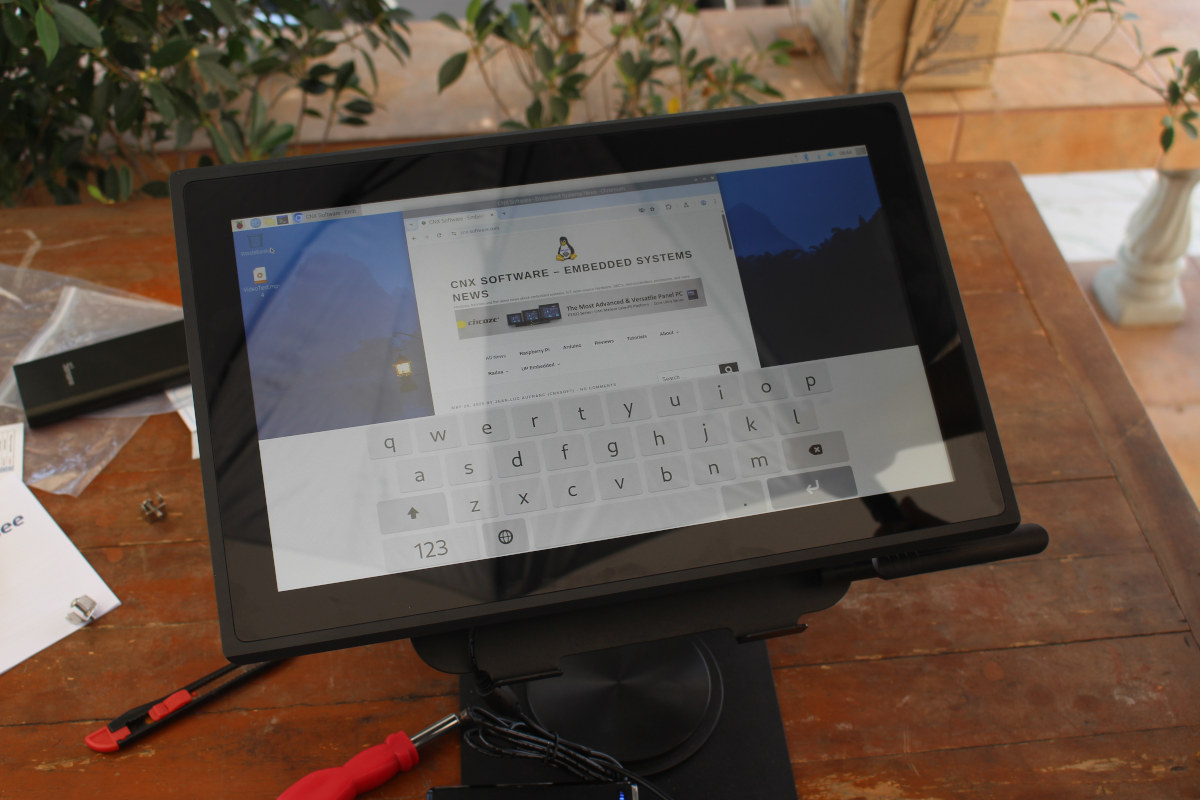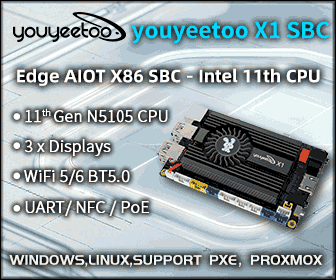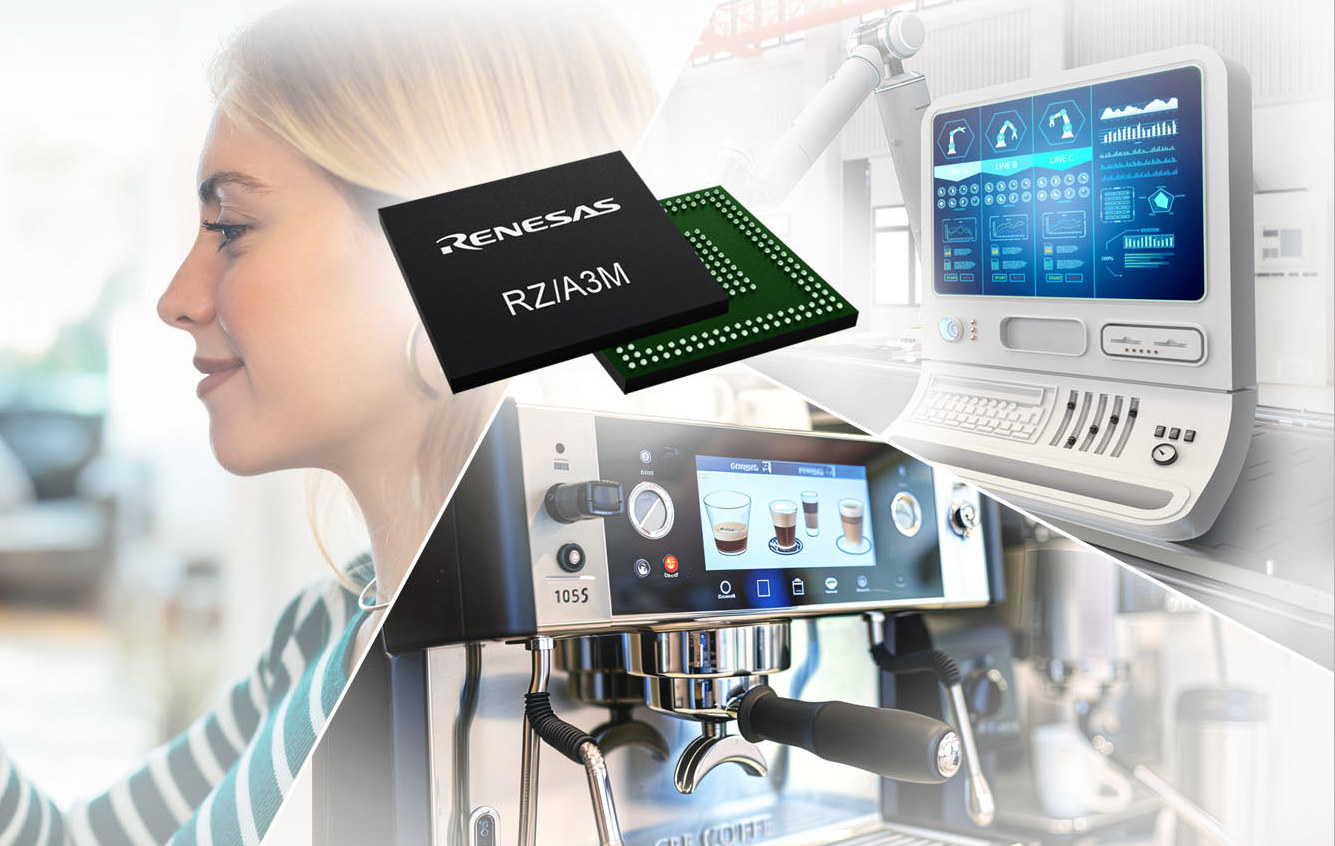Elron ELTAY SC is a credit card-sized SBC powered by an Elvees SKIF “Scythian” quad-core Arm Cortex-A53 SoC that serves as an alternative to the Raspberry Pi, Orange Pi, Banana Pi, Radxa ROCK Pi, etc… for the Russian market. Getting SBCs in Russia has been more complicated in recent years due to sanctions, although it’s still possible to import Chinese SBCs directly and Raspberry Pi via the grey market. However, the ELTAY SC is meant to provide a more reliable source within Russia since the SBC is manufactured in a facility in Novosibirsk according to servernews.ru. ELTAY SC specifications: SoC – Elvees SKIF “Scythian” CPU – Quad-core Arm Cortex-A53 @ 2GHz GPU – Imagination PowerVR Series8XE VPU – Encode/decode up to two 4K video streams @ 60 Hz DSP – 2x DSP Process – 28 nm System Memory – 4GB LPDDR4 Storage 32GB eMMC flash microSD card slot Video and […]
Adafruit Sparkle Motion Stick – A compact ESP32-S3 USB WLED controller board with dual 5V LED outputs, an I2S Mic, and a snap-fit enclosure
Adafruit has recently released the Adafruit Sparkle Motion Stick, a compact, WLED-friendly Neopixel USB controller board built around an ESP32-S3 Module designed for audio-reactive LED projects, cosplay props, holiday lighting, and more. The module comes with a USB Type-A port for programming and power input (5V, 2A max), and a simple enclosure for protection (not weatherproof). It includes a built-in I2S microphone for audio-reactive effects, an IR receiver for remote control. Other than that it has a user-programmable button, an onboard NeoPixel LED, and a red status LED with two 5V-level shifted signal outputs with power and to connect the LEDs a screw terminal blocks. Adafruit Sparkle Motion Stick specifications SoC – ESP32-S3 dual-core Xtensa LX7 MCU @ 240MHz with 2.4GHz Wi-Fi and BLE 5 LED Control – 2x level-shifted output channels (5V logic) with terminal blocks (26–20AWG support) Audio Input – Built-in I2S MEMS digital microphone for audio-reactive lighting Infrared […]
$130 STMicro P-NUCLEO-IOD5A1 modular IO-Link development kit features STM32, transceiver, and actuator boards
STMicroelectronics P-NUCLEO-IOD5A1 is a new modular IO-Link development kit designed to simplify building actuators and sensors by providing all necessary hardware and software for industrial automation projects. We’ve recently come across more solutions for the 3-wire IO-Link bi-directional and point-to-point (P2P) industrial communication protocol based on the IEC 61131-9 standard with ICs and products such as Renesas CCE4511 IO-Link master, STMicro EVLIOL4LSV1 IO-Link actuator board, and an IO-Link Master HAT for the Raspberry Pi. The P-NUCLEO-IOD5A1 devkit appears to be an all-in-one IO-Link combining all hardware needed for prototyping. P-NUCLEO-IOD5A1 content: MCU Board – NUCLEO-G071RB board based on STMicro STM32G071RB Arm Cortex-M0+ MCU @ 64 MHz with 128 KB flash and 36 KB RAM, and equipped with Arduino and ST morpho headers. Transceiver board – X-NUCLEO-IOD02A1 with L6364Q dual-channel IO-Link physical layer IC to handle communication with the IO-Link master. It also includes protection against surges and reverse connection Actuator board […]
VIA AI Transforma Model 1 – 3.5-inch fanless SBC features MediaTek Genio 700 AIoT SoC for Edge AI applications
VIA AI Transforma Model 1 is an edge AI platform powered by a MediaTek Genio 700 (MT8390) SoC with 4 TOPS of AI performance designed for industrial automation, smart cities, and more. The 3.5-inch fanless SBC is equipped with 8GB RAM and 16GB eMMC flash, and offers three display interfaces (HDMI, DP, MIPI DSI), a 4-lane MIPI CSI camera interface, gigabit Ethernet networking, M.2 sockets for wireless and cellular connectivity, several USB ports, a 40-pin GPIO header, and more. VIA AI Transforma Model 1 specifications: SoC – MediaTek Genio 700 (MT8390) CPU – Octa-core processor with 2x Cortex-A78 cores @ up to 2.2 GHz, 6x Cortex-A55 cores @ up to 2.0 GHz GPU – Arm Mali-G57 MC3 GPU with support for OpenGL ES 1.1/2.0/3.2, OpenCL ES 2.2, and Vulkan 1.0/1.1 APIs VPU Encoding up to 4Kp30 with H.265/HEVC or H.264 Decoding up to 4Kp75, AV1, VP9, HEVC, H.264 codecs supported […]
Radxa NIO 5A credit card-sized Mediatek Genio 520 SBC showcased at Computex 2025
Radxa NIO 5A is an upcoming Mediatek Genio 520 SBC in credit card/Raspberry Pi form factor that should offer a more affordable entry into the MediaTek Genio family than Radxa Nio 12L equipped with a powerful Mediatek Genio 1200 SoC. There’s no public information on the web about it, but I was sent some photos of the board from Mediatek’s booth at Computex 2025, and we know it’s powered by the Genio 520 octa-core Cortex-A78/A55 SoC with a 10 TOPS AI accelerator and comes with “large memory and high-capacity storage”. Let’s see if we can derive more detailed specs from the photos and other public information about the SoC. Radxa NIO 5A specifications (preliminary): SoC – Mediatek Genio 520 (MT8371) CPU – Octa-core processor with 2x Arm Cortex-A78 up to 2.2 GHz (Commercial) or 2.0 GHz (Industrial) 6x Arm Cortex-A55 up to 2.0 GHz (Commercial) or 1.8 GHz (Industrial) GPU […]
Chipsee 15.6-inch industrial Panel PC review – Part 1: Unboxing, teardown, and first boot to Raspberry Pi OS
I’ve just received a review sample of Chipsee PPC-CM5-156 15.6-inch industrial panel PC that was recently added to the Raspberry Pi CM5-based Chipsee panel PCs family we covered in February with 7-inch and 10-inch models. I’ll do a two-part review starting by listing the specifications, doing an unboxing and a teardown, and booting the system in the first part, before doing further testing with Raspberry Pi OS and most interfaces and features in the second part. Chipsee PPC-CM5-156 specifications SoM – Raspberry Pi CM5 or CM5 Lite with Broadcom BCM2712 quad-core Cortex-A76 SoC, 2GB, 4GB, or 8GB RAM, optional 16GB, 32GB, or 64GB eMMC flash Storage MicroSD card slot M.2 M-Key 2230/2242/2260/2280 (PCIe Gen2 x1) socket for NVMe SSD Display – 15.6-inch IPS display with 1920×1080 resolution, 10-point capacitive touchscreen with 1mm armored glass, 400 cd/m2 brightness Video Output – HDMI 2.0 port up to 4Kp60 Audio 3.5mm audio out […]
Huawei Matebook Pro is the first laptop sold with HarmonyOS operating system
Huawei Matebook Pro (HAD-W24 / HAD-W32) resembles a typical laptop with a 14.2-inch display, 24GB to 32GB RAM, and 1TB or 2TB SSD storage. What’s less common is that the processor is not named, and the laptop is the first to run Huawei’s HarmonyOS operating system. Those two are due to Western countries’ sanctions against the Chinese company. Huawei used to sell Intel-based laptops with Windows and Android smartphones, but they’ve not made hardware based on US technology for a while. As software support would eventually run out, they had to work on an alternative named HarmonyOS, which has been used on smartwatches, smartphones, and tablets for a while, but the Matebook Pro is the first computer sold with the new OS. While we don’t know the processor used, reports mention the Kirin X90 10-core (4+4+2) / 20-thread Arm SoC as an “Apple Silicon” solution. MateBook Pro specifications: SoC – […]
1GHz Renesas RZ/A3M Cortex-A55 MPU embeds 128MB on-chip DDR3L for HMI applications
Renesas RZ/A3M is an Arm Cortex-A55 microprocessor (MPU) clocked at up to 1.0 GHz with 128MB on-chip DDR3L for cost-effective, yet advanced HMI applications with up to 1280×800 resolution. The RZ/A3M is similar to its predecessor, the Renesas RZ-A3UL, but it integrates 128MB on-chip RAM in a single System-in-Package (SiP), supports both MIPI DSI and parallel display interfaces, and adds a 2D graphics accelerator for smoother user interfaces. Renesas RZ/A3M specifications: CPU – Single-core Arm Cortex-A55 @ up to 1.0 GHz GPU – 2D drawing engine Memory 128KB on-chip SRAM with ECC Built-in 128MB DDR3L-1600 SDRAM (16-bit bus width) Storage SPI Multi I/O Bus Controller× 1 channel (4-bit Double data rate) Boot from Serial NAND or Serial NOR flash SD card host interface Display I/F – 4-lane MIPI DSI or Digital parallel output up to 1280×800 resolution @ 60 Hz Audio – Serial sound interface (SSI/I2S) USB – 1x USB […]


